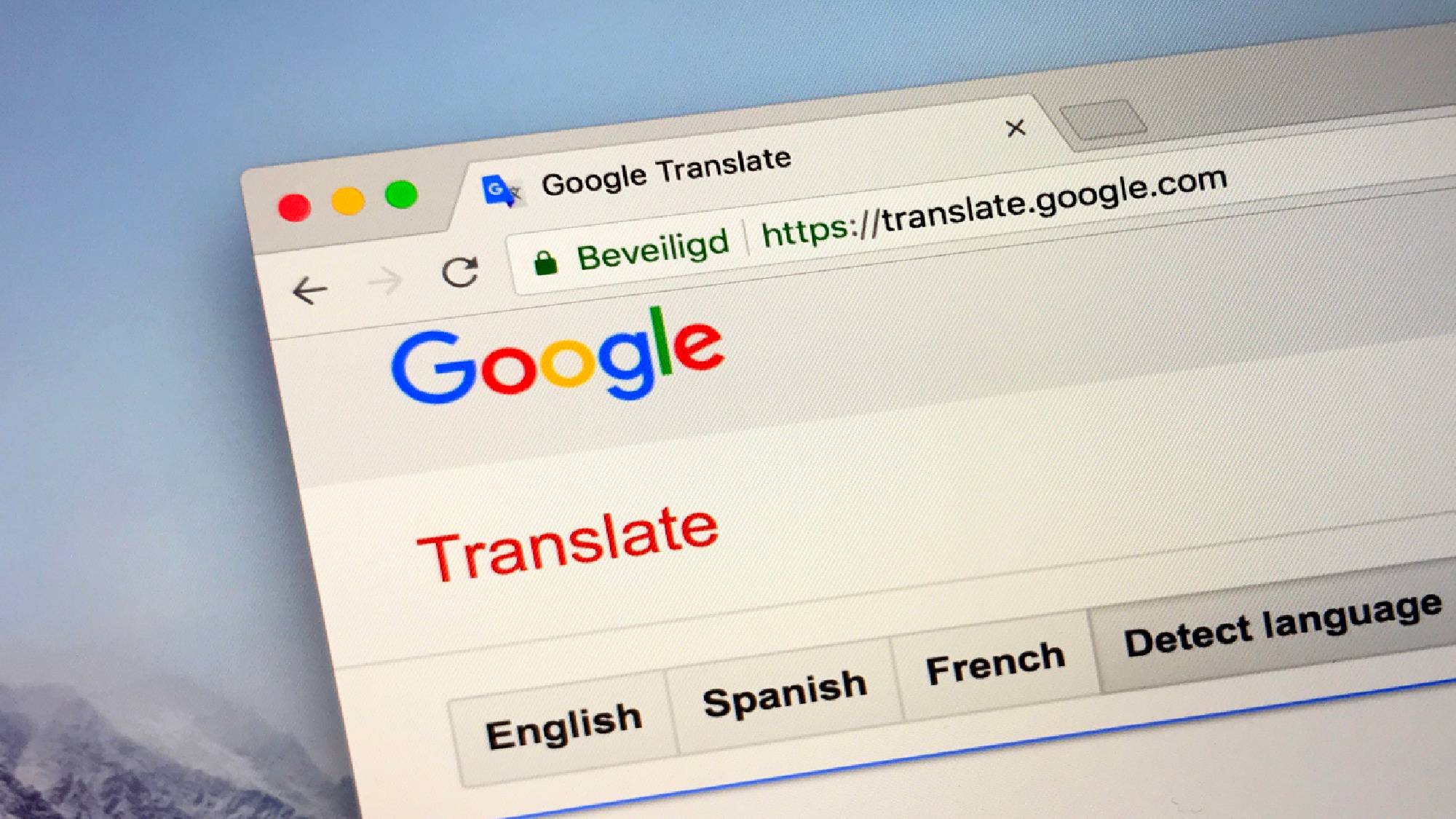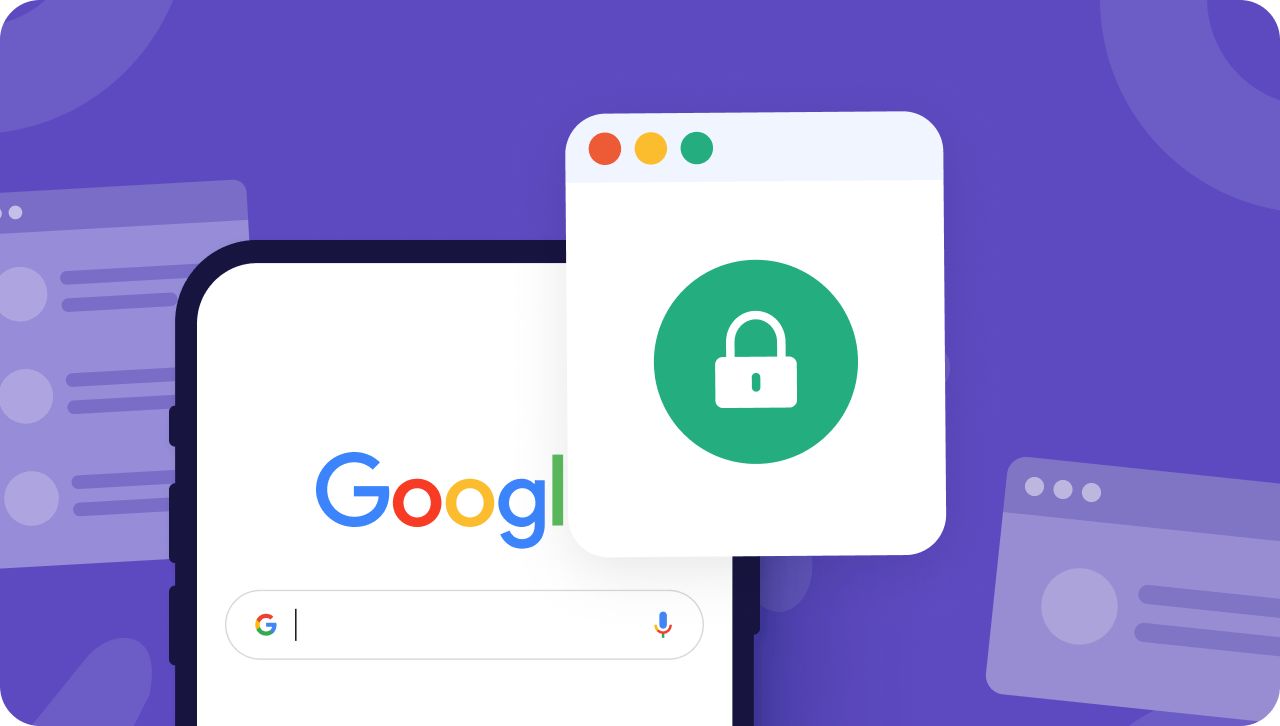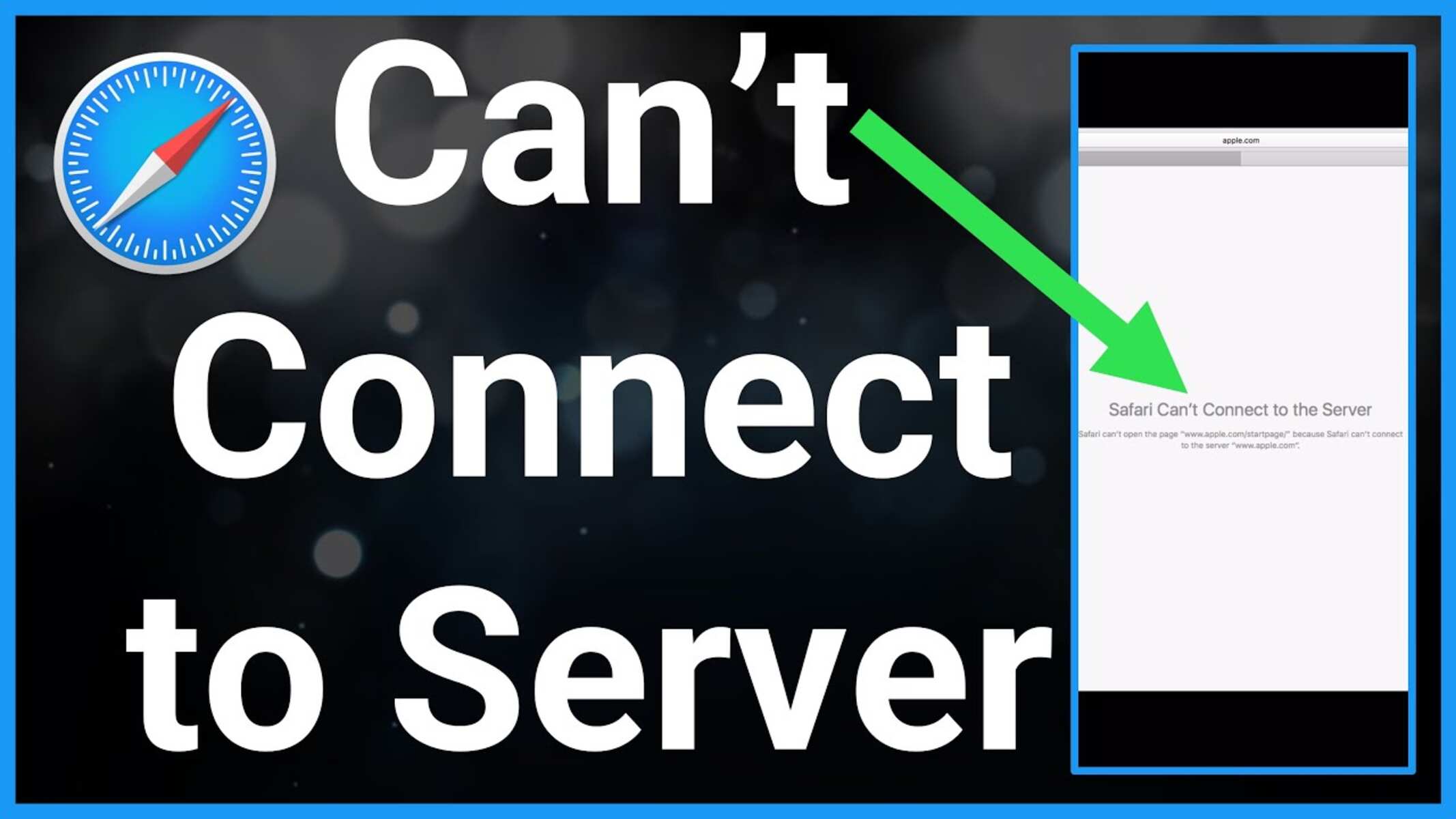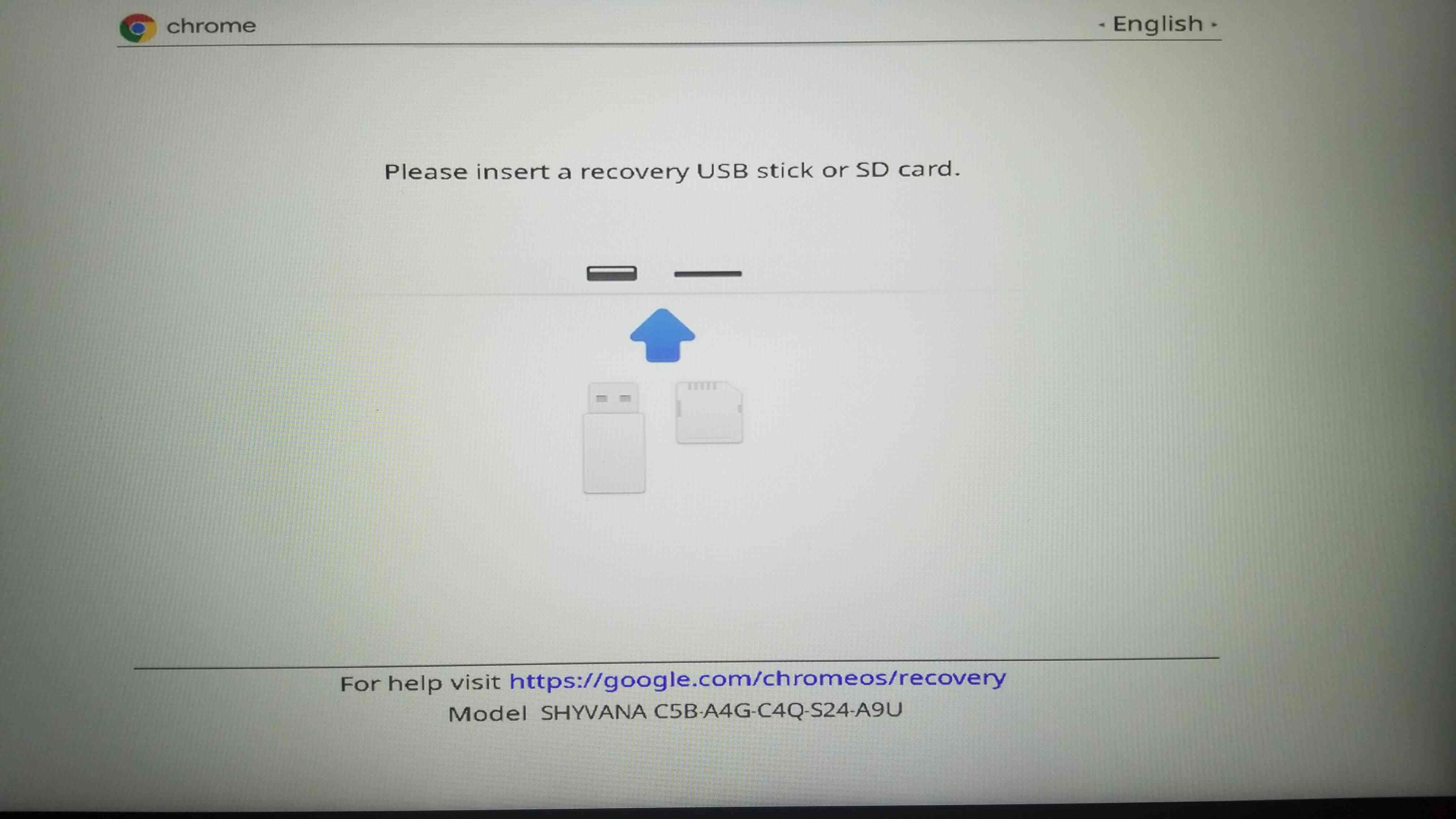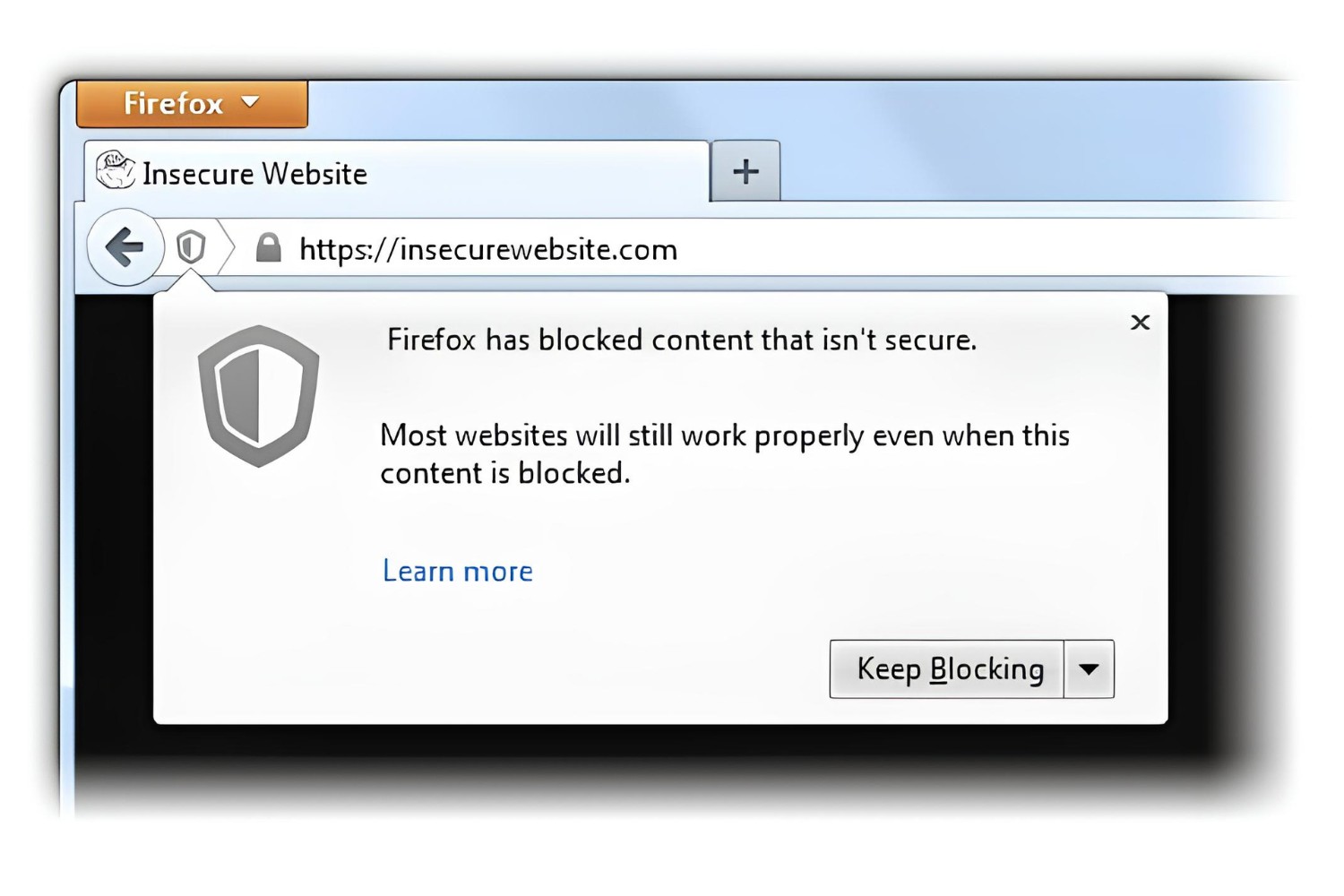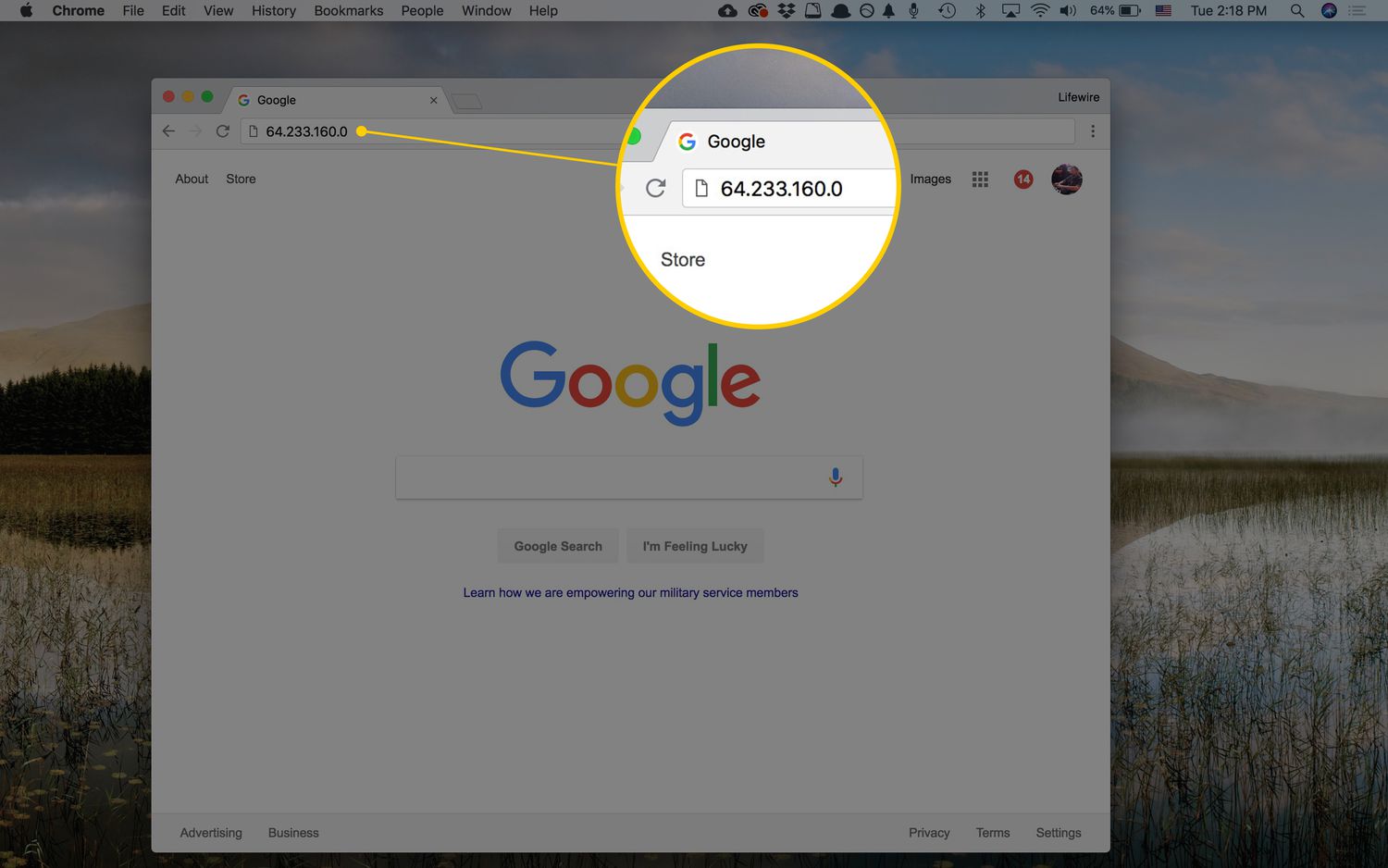Introduction
With the increasing prevalence of internet censorship and geo-restrictions, many users are seeking ways to bypass such limitations and access blocked content. One solution that has gained popularity is using a proxy server, which allows users to access websites through an intermediary server located in a different geographic location.
In this article, we will explore a unique and unexpected tool that can serve as an impromptu proxy server – Google Translate. Although primarily known for its language translation capabilities, Google Translate can also be utilized as a clever workaround to access blocked websites and bypass censorship. By taking advantage of this functionality, users can enjoy unrestricted internet access and protect their online privacy.
In the following sections, we will discuss how proxy servers work and how Google Translate can be used as one. We will provide step-by-step instructions on using Google Translate as a proxy server, while also highlighting its limitations and potential considerations. So, if you’re looking for a simple yet effective way to access blocked content, keep reading to discover how to utilize Google Translate as your impromptu proxy server.
Understanding Proxy Servers
Before delving into using Google Translate as a proxy server, it’s essential to understand what a proxy server is and how it works. In simple terms, a proxy server acts as an intermediary between your device and the internet. When you access a website through a proxy server, your internet traffic is routed through the server, which makes requests on your behalf.
One of the main benefits of using a proxy server is that it can mask your real IP address. Instead of the website seeing your true IP address, it sees the IP address of the proxy server, enhancing your anonymity and privacy while browsing. This is particularly useful for accessing geo-restricted content or bypassing censorship imposed by governments, educational institutions, or workplaces.
Proxy servers can be classified into various types, including HTTP proxies, HTTPS proxies, SOCKS proxies, and reverse proxies. HTTP and HTTPS proxies are primarily used for web browsing, while SOCKS proxies can handle a broader range of applications and protocols. Reverse proxies, on the other hand, are used to distribute network traffic across multiple servers to improve performance, security, and scalability.
When using a proxy server, it’s important to keep in mind that your data still passes through the server. Therefore, it’s crucial to choose a trustworthy and reputable proxy server to ensure the security of your personal information. Additionally, proxy servers can sometimes introduce latency, resulting in slower internet speeds. However, the benefits of accessing blocked content and maintaining privacy often outweigh these minor inconveniences.
Now that we have a basic understanding of proxy servers and their role in internet browsing, let’s explore how Google Translate can be leveraged as an impromptu proxy server. By utilizing the translation functionality of Google Translate, we can bypass restrictions and access blocked websites in a simple and effective manner. The following sections will provide step-by-step instructions on using Google Translate as a proxy server, allowing you to enjoy unrestricted internet access no matter where you are.
Using Google Translate as a Proxy Server
While Google Translate is widely used for language translation, it can also serve as an impromptu proxy server to access blocked websites. By utilizing the translation feature, we can trick the filtering mechanisms into providing us with the content we desire. Below are the step-by-step instructions to use Google Translate as a proxy server:
- Accessing Google Translate: Open your web browser and navigate to Google Translate.
- Inputting the Proxy URL: In the translate box, enter the URL of the blocked website you want to access. Make sure to choose a language other than your default language for translation.
- Selecting the Desired Language: To fully utilize Google Translate as a proxy server, select a target language of translation that is different from the original language. This step is crucial because it triggers the translation process and allows you to bypass censorship.
- Bypassing Censorship and Restrictions: Click on the translated link provided by Google Translate, which will lead you to the blocked website. Google Translate acts as a middleman, translating the content of the website for you to access without restrictions.
By following these simple steps, you can effectively use Google Translate to circumvent censorship and access blocked websites. It’s important to note that while this method can be effective in bypassing restrictions, it may not provide complete anonymity or guarantee foolproof results. Therefore, exercise caution and consider the limitations and considerations discussed in the next section.
Step 1: Accessing Google Translate
To begin using Google Translate as a proxy server, you need to first access the Google Translate website. Follow these steps to access Google Translate:
- Open your preferred web browser on your device.
- In the address bar, type https://translate.google.com/ and hit Enter.
- The Google Translate homepage will now be displayed on your screen.
Alternatively, you can also search for “Google Translate” in your favorite search engine and click on the official Google Translate website link in the search results.
Once you have successfully accessed the Google Translate homepage, you are ready to proceed to the next step and start using it as a proxy server.
It’s worth mentioning that Google Translate is a free service provided by Google, so you won’t need to create an account or pay any fees to use it as a proxy server. However, keep in mind that using Google Translate in this manner may violate the terms of service for some websites or networks, so proceed with caution and use it responsibly.
Step 2: Inputting the Proxy URL
After accessing the Google Translate homepage, you will need to input the URL of the blocked website that you want to access. Follow these steps to input the proxy URL:
- On the Google Translate homepage, you will see two text boxes. The left box is labeled “Translate.”
- In the “Translate” box, paste the URL of the blocked website that you wish to visit.
- Make sure that the website URL is complete and accurate, including the “http://” or “https://” prefix.
Once you have entered the proxy URL into the “Translate” box, you are ready to proceed to the next step of selecting the desired language.
It’s important to note that while entering the proxy URL, you may encounter certain formatting issues or limitations. For example, if the URL contains any special characters or symbols, it is recommended to encode them using URL encoding techniques to ensure proper translation by Google Translate. Additionally, some websites may have complex page structures or use JavaScript extensively, which may affect the translation and accessibility of certain elements.
By accurately inputting the proxy URL into the “Translate” box, you are effectively instructing Google Translate to convert the content of the blocked website into a different language, allowing you to bypass censorship and access the desired content.
Step 3: Selecting the Desired Language
Once you have inputted the proxy URL into the “Translate” box on Google Translate, the next step is to select the desired language for translation. Follow these steps to choose the target language:
- On the right side of the Google Translate homepage, you will see a drop-down menu labeled “To.”
- Click on the drop-down menu to view the list of available languages.
- Choose a language different from your default language for translation. This language selection is crucial for triggering the translation process and bypassing censorship.
By selecting a target language different from the original language, you are instructing Google Translate to translate the content of the blocked website into the chosen language. This translation act serves as a workaround to bypass restrictions and allows you to access the website without being blocked.
It’s essential to choose a language that Google Translate supports for translation. Google Translate provides translations for a wide range of languages, including popular options like English, Spanish, French, German, Chinese, Japanese, and many more. However, some less commonly spoken languages may have limited translation support, so it’s advisable to choose a widely supported language for better results.
Remember, the target language selection is a critical step in using Google Translate as a proxy server effectively. It triggers the translation process and enables you to access blocked content seamlessly.
Step 4: Bypassing Censorship and Restrictions
After you have inputted the proxy URL and selected the desired language on Google Translate, you are now ready to bypass censorship and restrictions and access the blocked website. Follow these steps to proceed:
- Google Translate will generate a translated version of the webpage based on the URL you entered and the selected language. On the right side of the page, you will see the translated content.
- Click on the translated link provided by Google Translate. This link will direct you to the blocked website but with the content translated into the target language you selected.
- By clicking on the translated link, you will effectively bypass the censorship and restrictions imposed on the blocked website.
Google Translate acts as an intermediary, retrieving the content of the blocked website and translating it for you to access. As a result, you can enjoy unrestricted internet access and view the desired content without being blocked by filters or firewalls.
It’s important to note that although Google Translate can be an effective tool for bypassing censorship and accessing blocked websites, it may not work in every situation. Some websites may employ advanced filtering techniques that can still detect and block access through Google Translate. Additionally, certain network configurations or security measures might restrict access to translation services like Google Translate.
Moreover, it is crucial to remember that using Google Translate as a proxy server may compromise the privacy and security of your data. Google Translate acts as an intermediary for your internet traffic, which means your browsing activity passes through Google’s servers. Exercise caution and avoid entering any sensitive information or logging into accounts while using Google Translate as a proxy.
By following these steps, you can effectively bypass censorship and access blocked websites using Google Translate as your impromptu proxy server. Keep in mind the limitations and considerations discussed in the next section to make informed decisions when utilizing this method.
Step 5: Limitations and Considerations
While using Google Translate as a proxy server can be a clever and convenient method to access blocked websites, it’s important to be aware of its limitations and consider certain factors before relying solely on this approach. Here are some key limitations and considerations to keep in mind:
- Translation Accuracy: Google Translate may not provide accurate translations for all websites, especially those with complex layouts or dynamic content. Translated versions can sometimes result in broken formatting, missing images, or distorted text, making the browsing experience less than ideal.
- Functionality Limitations: Certain interactive features, such as forms, drop-down menus, or multimedia content, may not work properly when accessed through Google Translate. This can hinder your ability to fully explore and interact with the blocked website.
- Speed and Performance: Using Google Translate as a proxy server can introduce additional latency, leading to slower loading times for websites. This delay can affect the overall browsing experience and may not be suitable for time-sensitive tasks or heavy multimedia consumption.
- Data Privacy and Security: It’s important to keep in mind that when using Google Translate as a proxy, your internet traffic passes through Google’s servers. This means that your browsing activity and potentially sensitive information could be intercepted or logged by Google. Exercise caution and avoid entering any personal or sensitive information while using this method.
- Website Compatibility: Some websites may have implemented countermeasures to prevent access through Google Translate or other translation services. These measures can detect and block access, rendering this method ineffective for those specific websites.
- Terms and Conditions: Using Google Translate in this manner may violate the terms of service for certain websites or networks. It’s important to understand and respect the policies and guidelines set by the websites you intend to visit.
Considering these limitations and factors, it’s advisable to use Google Translate as a proxy server as a temporary solution or as a last resort when other methods of accessing blocked content are not available. For more reliable and secure access, consider using a dedicated VPN (Virtual Private Network) service or other established proxy server solutions.
By understanding the limitations and considering these factors, you can make informed decisions and utilize Google Translate as an impromptu proxy server effectively and responsibly.
Conclusion
In this article, we explored an unconventional and creative method to access blocked websites and bypass censorship – using Google Translate as a proxy server. By taking advantage of the translation functionality provided by Google Translate, users can enjoy unrestricted internet access and access blocked content conveniently.
We discussed the steps involved in using Google Translate as a proxy server, from accessing the Google Translate website to inputting the proxy URL, selecting the desired language, and ultimately bypassing censorship and restrictions. It’s important to note the limitations and considerations surrounding this method, such as potential translation inaccuracies, limited functionality, potential privacy concerns, and website compatibility issues.
While Google Translate can serve as an impromptu proxy server, it’s important to remember that it may not be suitable for all situations, and its usage should be approached with caution. It can be a temporary solution or an option when other methods are unavailable. For a more reliable and secure access to blocked content, consider using dedicated VPN services or established proxy server solutions.
Ultimately, the use of Google Translate as a proxy server highlights the ingenuity and resourcefulness of internet users in finding ways to bypass restrictions and preserve their online freedom. As technology evolves and internet censorship continues to pose challenges, creative solutions like this can provide temporary relief and help users access the information they seek.
However, it’s crucial to approach the use of any proxy server with responsibility, respect for terms of service and legal restrictions, and an understanding of the potential risks involved. By staying informed and maintaining a sense of digital literacy, we can navigate the complexities of the digital landscape while safeguarding our online privacy and freedom.







